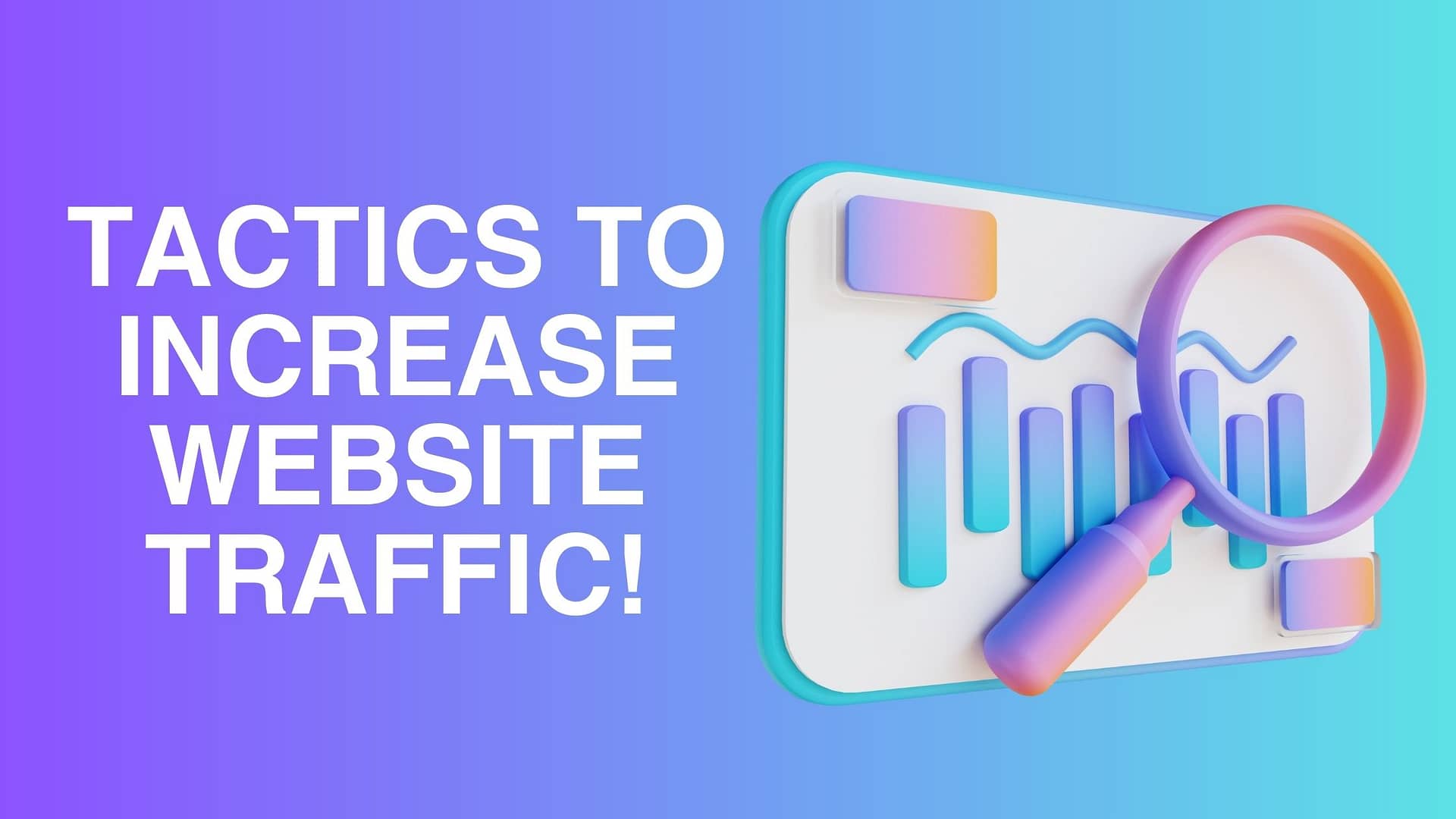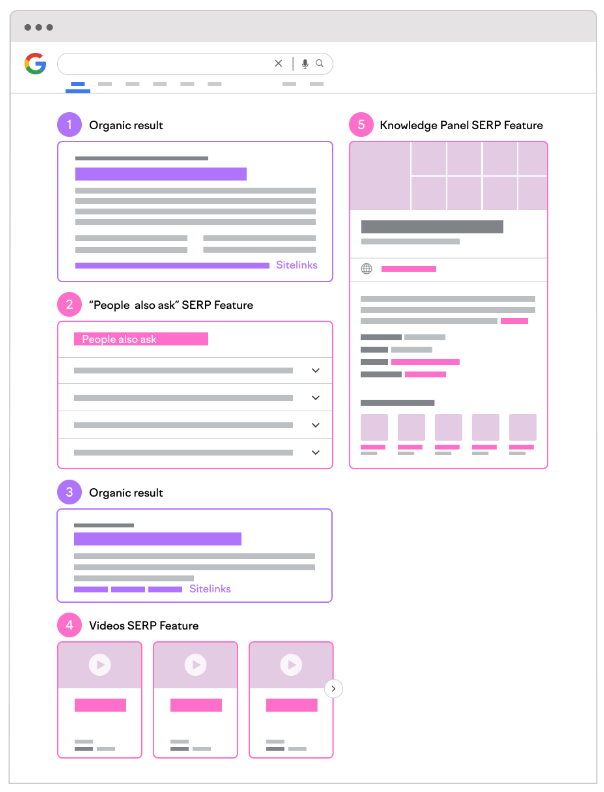 Why a Small Businesses Website Design is crucial.
Why a Small Businesses Website Design is crucial.
Small businesses need to have an online presence to succeed in today’s digital world.
Overview: This content brief is designed to provide guidance on small business website design. The focus of this content is on providing a clear and concise understanding of how small business owners can build a website that effectively promotes their business online.
A website is the cornerstone of any online presence, serving as a hub for customers to learn about a business and make purchases. Here are some reasons why having a website is essential for small businesses:
- A website can help establish credibility and build trust with potential customers.
- A website provides an easy way for customers to find and contact a business.
- A website can serve as a platform for showcasing products or services and driving sales.
- A website can help businesses collect valuable data on their customers.
Key Elements of Small Business Website Design
The key to effective small business website design is to create a site that is easy to navigate, visually appealing, and informative. Here are some essential elements that should be included in any small business website:
- A clear value proposition that communicates the business’s unique selling point.
- A simple and intuitive navigation system that makes it easy for customers to find what they’re looking for.
- High-quality images and other multimedia elements that enhance the user experience.
- Mobile responsiveness, ensuring the site looks and functions well on any device.
- An easy-to-use content management system that allows for easy updates and maintenance.
- Define the website’s purpose and goals.
- Choose a website platform that suits the business’s needs and technical skill level.
- Select a domain name and web hosting provider.
- Develop a wireframe or site map to plan out the site’s structure.
- Create engaging and relevant content for the website, including pages such as Home, About Us, Products/Services, and Contact.
- Use a consistent color scheme and typography to create a cohesive brand identity.
- Ensure the website is optimized for search engines by using relevant keywords and meta tags.
- Test the website thoroughly to ensure it functions well on different devices and browsers.
Best Practices for Small Business Website Design
In addition to the key elements mentioned above, there are several best practices that small business owners should follow when designing a website. These include:
- Using clear and concise language to communicate the business’s message.
- Including calls to action throughout the site to encourage users to take desired actions.
- Ensuring the site is easily accessible to users with disabilities.
- Providing a seamless checkout process for e-commerce sites.
- Regularly updating the site with fresh content and ensuring it is secure.
Marketing Your Small Business Website Design
Once a small business website is up and running, it’s important to promote it effectively to drive traffic and generate leads. Here are some marketing strategies small business owners can use:
- Utilize social media platforms to promote the website and engage with customers.
- Implement an email marketing campaign to stay in touch with customers and promote special offers.
- Use pay-per-click advertising to drive traffic to the site.
- Implement search engine optimization techniques to improve the site’s ranking on search engines.
Engaging and relevant content
Engaging and relevant content is crucial for keeping users on a website and encouraging them to take desired actions. It’s important to create content that speaks to the needs and interests of the target audience.
To create engaging and relevant content, consider the following:
- Use clear and concise language to communicate the business’s message.
- Use headings, subheadings, and bullet points to make the content easy to scan.
- Include calls to action throughout the site to encourage users to take desired actions.
- Ensure the content is updated regularly to keep users coming back.
High-quality multimedia elements High-quality multimedia elements, such as images and videos, can help enhance the user experience and communicate the brand’s message effectively.
It’s important to use multimedia elements that are relevant to the content and add value to the user experience. To incorporate high-quality multimedia elements, consider the following:
- Use high-quality images and videos that are optimized for fast loading.
- Use multimedia elements that are relevant to the content and add value to the user experience.
- Use multimedia elements to break up long blocks of text and make the content more visually appealing.
Consistent branding
Consistent branding is crucial for creating a cohesive brand identity and establishing credibility with users. It’s important to use consistent branding elements, such as the logo, color scheme, and typography, throughout the site.
To ensure consistent branding, consider the following:
- Use the same logo, color scheme, and typography throughout your small business website.
- Use branding elements consistently on social media platforms and other marketing materials.
- Ensure that the branding elements are visually appealing and communicate the brand’s message effectively.
Search engine optimization Search engine optimization (SEO) is the process of optimizing a website to rank higher on search engine results pages (SERPs). SEO can help increase visibility, drive traffic, and generate leads.
To optimize a small business website design for search engines, consider the following:
- Use relevant keywords in your small business website’s content and meta tags.
- Ensure that the website’s architecture and navigation are search engine friendly.
- Use descriptive URLs that include relevant keywords.
- Create high-quality content that is relevant to the target audience.
Thorough testing of your small business website design
Thorough testing is crucial for ensuring that a website functions well on different devices and browsers. It’s important to test the site thoroughly before launching it to the public.
To test a website thoroughly, consider the following:
- Test the site on different devices and browsers.
- Ensure that all links and buttons work properly.
- Test the site’s load time and make any necessary optimizations.
- Ensure that the site is secure and protected against hackers.
By following these key elements and best practices, small business owners can create a website that effectively promotes their brand and drives business growth.
Conclusion
In conclusion, having a well-designed small business website is crucial for small businesses looking to establish an online presence and attract new customers. By following the steps outlined in this content brief, small business owners can create a website that effectively promotes their brand and drives business growth.
Summary: A successful small business website requires a clear purpose, user-friendly design, engaging and relevant content, high-quality multimedia elements, consistent branding, search engine optimization, and thorough testing.
F.A.Q:
Q: What should be included in a small business website? A: A small business website should have a clear purpose, user-friendly design, engaging and relevant content, high-quality multimedia elements, consistent branding, search engine optimization, and thorough testing.
Q: Why is search engine optimization important for a small business website? A: Search engine optimization can help increase visibility, drive traffic, and generate leads for a small business website.
#SmallBusinessWebsite #WebDesignTips #BrandIdentity #SEO #WebsiteTesting
💻👨💼🌐📱💬📷🎨🔍💡👍










